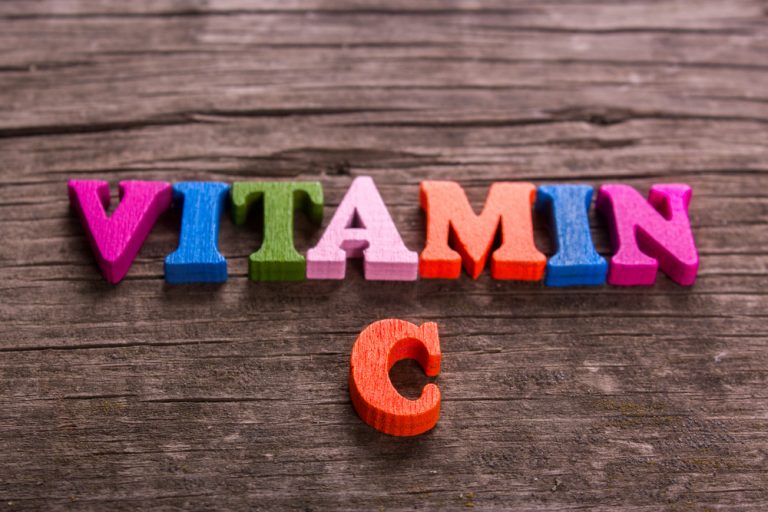It wasn’t until sailors frequently died out at sea on long trips due to scurvy, that we fully understood why vitamin C is so good for our skin.Scurvy is a condition caused by a vitamin C deficiency. As vitamin C is needed for making collagen, a key component in connective tissues in skin, just one month without it can result in poor wound healing, bleeding, and skin flaking off.
Vitamin C deficiency - what are the symptoms?
While a vitamin C deficiency is extremely rare in the developing world, low levels are common and can result in dry dull skin, acne and other skin issues. Ensuring you get more vitamin C into your diet is key for maintaining healthy collagen levels to keep your skin looking radiant and youthful.
Eat your potato skins
Eating the odd orange is not going to cut it when it comes to getting optimal levels of vitamin C. While eating an orange a day does provide enough to prevent you from suffering deficiency symptoms, this doesn’t equate to ideal levels for healthy skin.
Many other fruits and vegetables provide high levels of vitamin C, including guava, red peppers, tomatoes, kiwi fruit, broccoli and strawberries. Aim to eat at least one of these vitamin C rich foods each day. Vitamin C is also found in potato skins, so keep those skins on next time you make potato wedges!
Get juicing
Shop bought processed juices have been heat treated removing a lot of the vitamin C, so don’t expect to get your daily dose from a carton which may have been sitting on a shelf for months.
Fresh cold pressed juices on the other hand are full of vitamin C. It’s also easier to drink the juice from vegetables such as kale, rather than munching through a huge raw salad. Try juicing plenty of green vegetables and combine with citrus fruits such as orange or lemon to boost your vitamin C and collagen levels.

Buy a steamer
Rather than boiling your vegetables to a mush, try steaming instead to keep the vitamin C antioxidants intact. You can buy a simple metal steamer to place on top of a saucepan with a lid, boil a small amount of water in the pan below and gently steam for a few minutes.
If you do boil your vegetables, only do so for a few minutes and then blend to make a soup as many of these nutrients will be in the water.
Eat fresh
Don’t leave your veg sitting in your fridge for over a week, as the vitamin C levels gradually reduce with exposure to air, as oxygen degrades vitamin C. As it’s not always practical to eat food within a couple of days of buying it, another solution is to buy the food fresher, such as ordering a fresh vegetable box from a local farm, often picked and delivered within a day or two.
Take a vitamin C supplement
The recommended dose of vitamin C varies from country to country, but 40-80mg is the minimum range. Although even as high as 1000mg is a standard dose in supplements as the body functions best with far more than the minimum recommended levels.
As vitamin C is water soluble, having excess is not a worry as you simply excrete it in urine. As the body cannot hold much vitamin C at once though, it is best to split the dose such as one tablet with breakfast and one with dinner.






